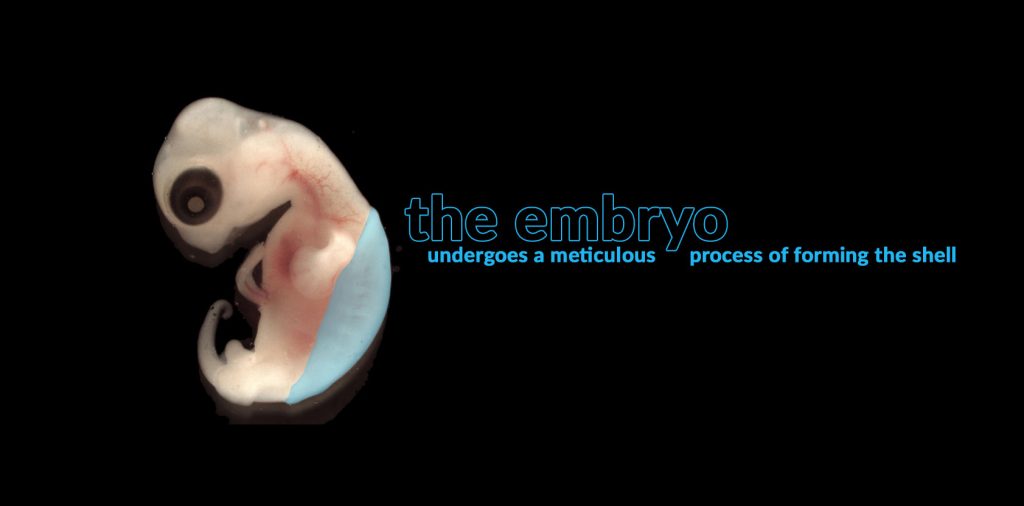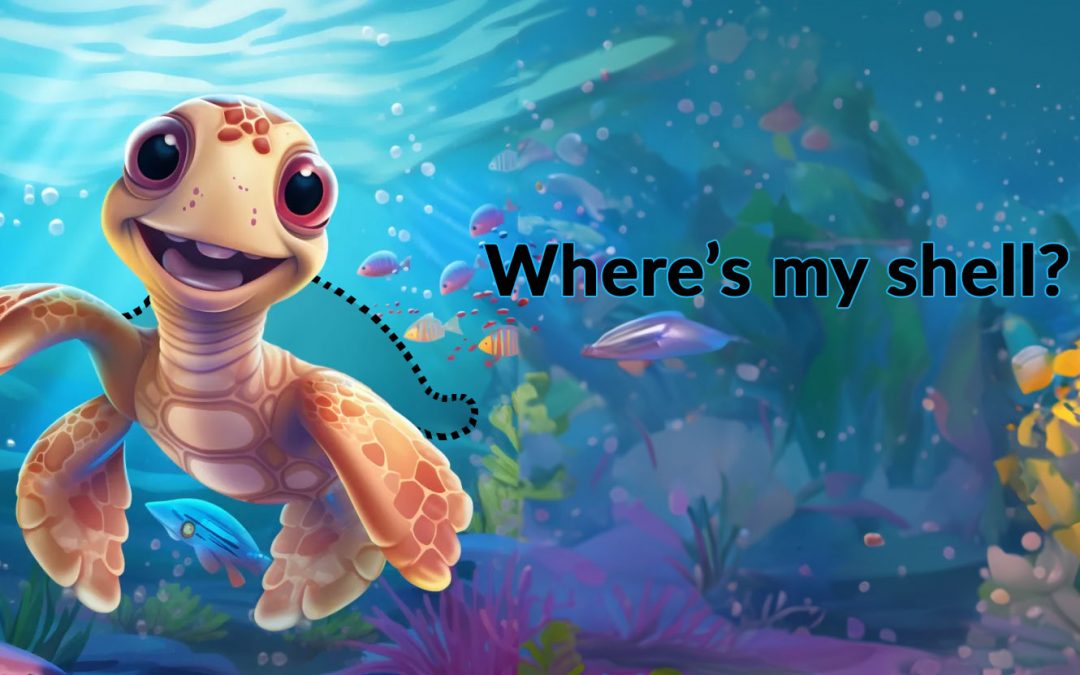Do baby sea turtles have shells?
Short Answer: Yes, the development of a sea turtle’s shell begins even before they hatch.

Baby sea turtles, like their adult counterparts, possess the iconic shells that define these fascinating reptiles. The shell is an integral part of a sea turtle’s anatomy and serves multiple crucial functions throughout their lifecycle. Comprised of two distinct parts, the carapace and plastron, the shell provides essential protection for the delicate internal organs of the turtle. This protective armor is especially vital during the early stages of a sea turtle’s life, as they navigate the perils of the ocean from the moment they hatch.
The shell of a baby sea turtle is not only a physical defense mechanism but also plays a crucial role in buoyancy. The unique structure of the shell enables these tiny creatures to float in the water, allowing them to move effortlessly through their oceanic environment. This buoyancy is particularly important during the initial moments after hatching, as baby sea turtles make their way from their nests to the open sea. The shell aids them in staying afloat and conserving energy, essential for their survival during this vulnerable stage.

The development of a sea turtle’s shell begins even before they hatch. Inside the egg, the embryo undergoes a meticulous process of forming the shell, ensuring its strength and functionality upon emergence. The shell’s design is a remarkable adaptation to the challenges of the marine world, providing a balance between protection and mobility. As the baby sea turtle grows, its shell continues to evolve, adapting to the changing needs of the growing reptile.
The material composing the shell is primarily keratin, the same substance found in human hair and nails. This composition contributes to the shell’s strength and flexibility, allowing it to withstand the pressures of the ocean environment. The intricate patterns on the shell are not only aesthetically pleasing but also serve as unique identifiers, helping researchers and conservationists track and study individual turtles over time. The shell, therefore, becomes a distinctive feature that contributes to the broader understanding of sea turtle populations and their behavior.
While the shells of baby sea turtles are not as robust as those of their adult counterparts, they still provide ample protection during the critical early stages of life. As these hatchlings venture into the vastness of the ocean, their shells play a pivotal role in ensuring their survival. Understanding the significance of the shell in the life of a baby sea turtle emphasizes the importance of conservation efforts to safeguard these remarkable creatures and the habitats they rely on for their continued existence.
There are various species of baby turtles found around the world, each belonging to different families and exhibiting distinct characteristics. Here are some examples of different types of baby turtles:
- Loggerhead Turtle (Caretta caretta): Loggerhead hatchlings are known for their reddish-brown carapaces and large heads. They are found in oceans around the globe and are classified as a threatened species.
- Green Turtle (Chelonia mydas): Green turtle hatchlings are named for their greenish carapace. They are found in tropical and subtropical seas and are known for their herbivorous diet.
- Hawksbill Turtle (Eretmochelys imbricata): Recognizable by their distinctive, overlapping scutes on the shell, hawksbill turtle hatchlings are critically endangered. They are commonly found in coral reef habitats.
- Leatherback Turtle (Dermochelys coriacea): Leatherback hatchlings are unique among sea turtles as they lack a hard, bony shell and instead have a flexible, rubbery shell. They are the largest species of sea turtles and have a global distribution.
- Olive Ridley Turtle (Lepidochelys olivacea): Named for the olive-green color of their heart-shaped carapace, olive ridley turtles are known for their synchronized nesting events known as arribadas. They are found in warm waters of the Pacific and Indian Oceans.
- Kemp’s Ridley Turtle (Lepidochelys kempii): Kemp’s ridley turtles are the most endangered sea turtle species and have a distinctive triangular-shaped head. They primarily inhabit the Gulf of Mexico and nest on the shores of Mexico and the United States.
- Flatback Turtle (Natator depressus): The flatback turtle is named for its flattened carapace. It is found in the coastal waters of northern Australia, Papua New Guinea, and Indonesia.
- Eastern Pacific Hawksbill Turtle (Eretmochelys imbricata): This species of hawksbill turtle is found in the eastern Pacific Ocean and is distinguished by its narrow head and overlapping scutes.
- Atlantic Ridley Turtle (Lepidochelys kempii): Also known as Kemp’s ridley turtle, it is found in the Atlantic Ocean and is one of the smallest species of sea turtles.
- Australian Flatback Turtle (Natator depressus): Exclusive to the waters of Australia, this turtle species has a relatively small distribution compared to other sea turtle species.
These are just a few examples, and there are more species and subspecies of baby turtles, each adapted to its specific environment and facing unique conservation challenges. Understanding and protecting these diverse species is crucial for the overall health and balance of marine ecosystems.

